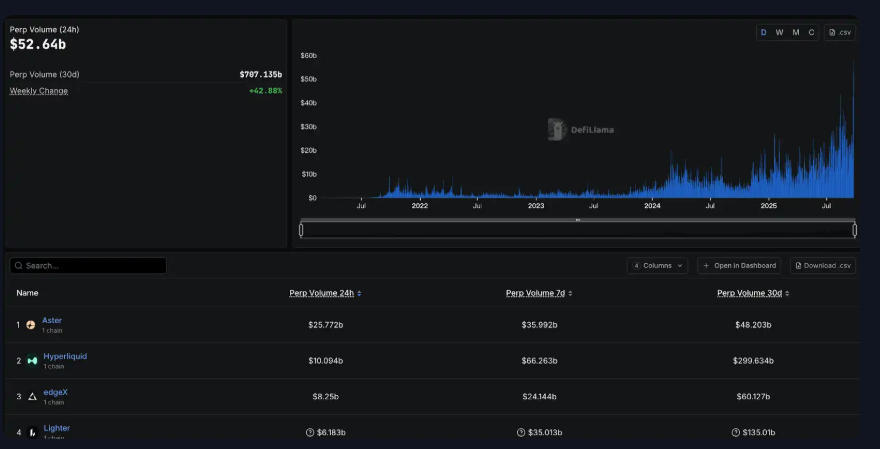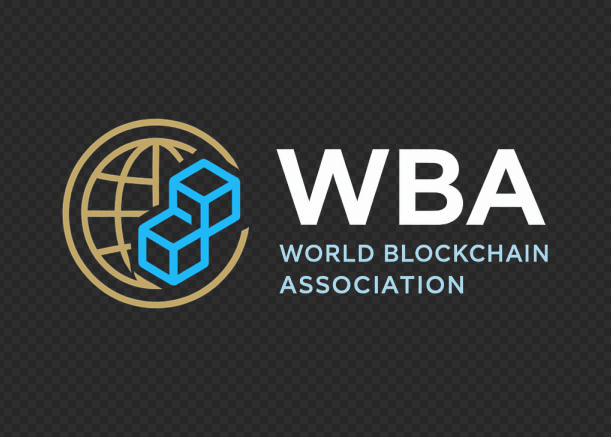
September 23, 2025 — Global Report by the World Blockchain Association
The World Blockchain Association (WBA) reports that decentralized social platform UXLINK has become the latest victim of a large-scale cybersecurity breach in the cryptocurrency industry. On September 23, UXLINK confirmed that its multisignature wallet permissions were compromised, resulting in the theft of over $11 million in digital assets and the unauthorized minting of 1 billion UXLINK tokens on the Arbitrum network.
Following the incident, the market price of UXLINK collapsed by nearly 70% overnight, briefly trading around $0.10 per token. In response, UXLINK’s development team has announced an emergency token replacement program and pledged to compensate affected users while intensifying cooperation with blockchain security firms and global exchanges.
This event underscores the persistent vulnerabilities in the Web3 ecosystem, where DeFi, DAO governance structures, tokenization protocols, and stablecoin infrastructures remain frequent targets of malicious actors. As blockchain adoption accelerates, the World Blockchain Association emphasizes that incidents like the UXLINK attack highlight the urgent need for robust security frameworks, international regulatory collaboration, and best practices across the cryptocurrency industry.
Key Timeline of the UXLINK Attack
- 00:49 UTC – Initial Suspicion of Breach
Blockchain monitoring firm Cyvers detected suspicious UXLINK transactions totaling approximately $11.3 million, including unauthorized transfers of USDT, USDC, WBTC, and ETH. The attacker removed administrator privileges via delegateCall and initiated unauthorized wallet changes. Funds were swiftly swapped across Ethereum and Arbitrum, raising red flags within the community. - 09:08 UTC – Official Confirmation
UXLINK publicly acknowledged the breach, attributing it to a multisignature wallet vulnerability. The team confirmed that significant amounts of cryptocurrency had been illicitly moved to centralized and decentralized exchanges. Law enforcement agencies have been contacted, and forensic blockchain specialists have been engaged to track stolen assets. - 09:44 UTC – Assets Frozen & Compensation Plans
UXLINK reported that, in collaboration with leading exchanges, a large portion of the stolen assets has been frozen. The project reiterated that no individual user wallets were directly compromised. Priority has shifted to designing a comprehensive compensation mechanism and a token replacement plan to restore community trust. - 09:53 UTC – Unauthorized Minting of 1 Billion Tokens
On-chain data revealed the attacker minted 1 billion new UXLINK tokens on Arbitrum, triggering panic among investors. Analysts warned that the circulating supply was effectively compromised, making token replacement unavoidable. - 11:01 UTC – Exchange Safeguards Initiated
South Korea’s Upbit exchange announced an immediate suspension of UXLINK deposits and flagged the token as a “warning asset” due to ongoing security concerns. Upbit cited the issuer’s failure to disclose critical information promptly as a key factor in its decision. - 11:04 UTC – Security Advisories Issued
Blockchain security company PeckShield issued a warning urging users not to interact with UXLINK tokens, given the extent of unauthorized minting. The firm stressed that the integrity of the asset was no longer reliable. - 11:13 UTC – Token Replacement Program Announced
UXLINK officially confirmed plans to launch a token swap, suspending deposits and trading on major exchanges until the process is complete. The team also announced an overhaul of its multisignature wallet system, including hardware wallet integration and stronger governance safeguards. - 11:48 UTC – Hacker Possibly Targeted by Inferno Drainer
In an unexpected twist, SlowMist founder Cosine speculated that the hacker themselves may have fallen victim to the Inferno Drainer phishing syndicate, potentially losing 542 million UXLINK tokens to a secondary scam. This illustrates the complex layers of risks inherent in the decentralized economy.
WBA Analysis: Broader Implications for Web3 Security
According to the World Blockchain Association, the UXLINK attack is not an isolated incident but part of a troubling trend across DeFi, DAO, and Web3 ecosystems. As projects rush to innovate with new applications involving NFT marketplaces, tokenization of assets, stablecoin issuance, and cross-chain interoperability, hackers exploit governance flaws, permission mismanagement, and vulnerabilities in smart contracts.
This case also highlights systemic risks:
- Multisignature Governance Risks – The compromise of wallet permissions demonstrates that “distributed” security is only as strong as its weakest operational practice.
- Unchecked Minting Mechanisms – Tokenomics models that allow rapid inflation or token creation remain a prime target.
- Exchange Dependencies – The ability of exchanges like Upbit to suspend deposits was critical in preventing further contagion, emphasizing centralized exchanges’ ongoing role in crisis mitigation.
- Evolving Attack Vectors – The potential involvement of phishing syndicates like Inferno Drainer shows that attackers themselves operate in a competitive underground market.
For cryptocurrency stakeholders—including Bitcoin and Ethereum communities, as well as emerging DAO and DeFi platforms—this incident is a stark reminder that security must evolve in tandem with innovation.
Community and Market Impact
Despite assurances from UXLINK that users’ personal wallets were unaffected, investor sentiment has sharply declined. Market data shows a 65–70% overnight price drop, wiping out millions in market capitalization. Trading volumes on secondary markets spiked as holders rushed to exit positions.
For the broader cryptocurrency ecosystem, the UXLINK hack represents another setback in the ongoing battle to secure user trust. As Bitcoin continues to consolidate its role as digital gold and Ethereum powers the majority of Web3 applications, high-profile security breaches in smaller projects create reputational risks for the entire industry.
Meanwhile, institutional investors exploring tokenization of real-world assets and experimenting with stablecoin infrastructure are watching closely. Episodes like this highlight the regulatory and compliance challenges that must be addressed to scale blockchain adoption sustainably.
UXLINK’s Next Steps
UXLINK has announced a three-pronged recovery strategy:
- Token Replacement – A new smart contract and governance framework will be introduced, with affected users compensated on a 1:1 basis.
- Enhanced Security – Integration of hardware wallets, stricter multisignature processes, and partnerships with leading blockchain security firms such as PeckShield and SlowMist.
- Legal and Regulatory Action – Collaboration with global regulators and law enforcement to pursue accountability, recover assets, and reinforce compliance measures.
The World Blockchain Association will continue to monitor the implementation of this plan and provide independent analysis for the global blockchain community.
Conclusion
The UXLINK hack on September 23, 2025, marks one of the most significant cryptocurrency security breaches of the year, with its repercussions extending beyond a single project. For blockchain stakeholders—whether in Bitcoin mining, Ethereum dApp development, DeFi governance, NFT innovation, or DAO management—the incident offers critical lessons on security, resilience, and transparency.
As blockchain ecosystems mature, responsible governance and international coordination will be essential in protecting investors and sustaining the credibility of Web3. The World Blockchain Association reiterates its commitment to supporting stakeholders worldwide with trusted research, industry guidance, and advocacy in the rapidly evolving digital economy.
About the World Blockchain Association
The World Blockchain Association (WBA) is a global organization dedicated to advancing knowledge, policy dialogue, and innovation in blockchain and digital finance. As a leader in the blockchain and cryptocurrency space, the WBA provides stakeholders with trusted insights at the intersection of technology, regulation, and global economic trends through research, reporting, and thought leadership.







